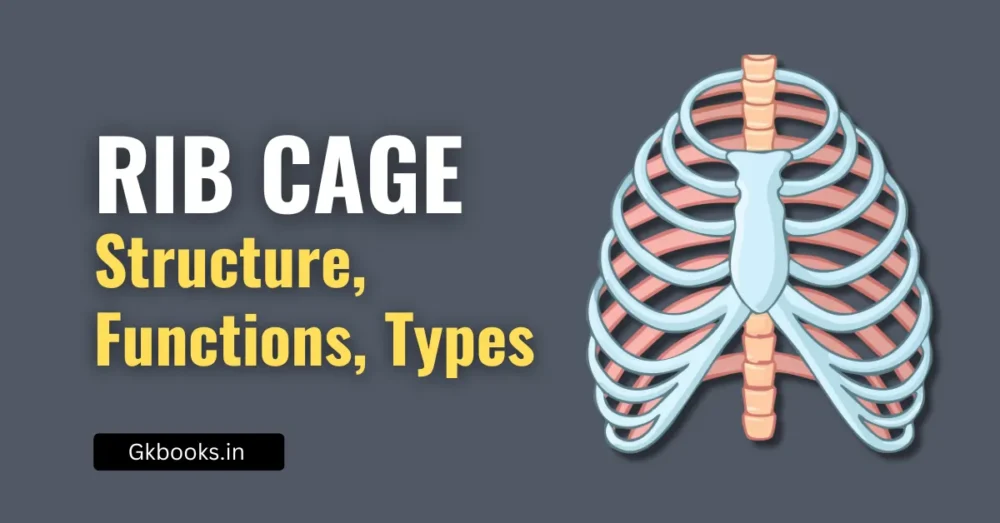When you look around, you see both living and non-living things. You must have wondered and asked yourself – ‘What is it that makes an organism living, or what is it that an inanimate thing does not have which a living thing has?’ The answer to this is the presence of the basic unit of life – the cell in all living organisms.
◾Note: NCERT Chapter-8 Cell the unite of Life
Definition of a Cell
A cell is the smallest functional unit of life that can carry out all the processes necessary for survival, such as growth, reproduction, and metabolism.
All Organisms Are Made of Cells
All organisms are composed of cells. Some organisms are composed of a single cell and are called unicellular organisms, while others, like humans, are composed of many cells and are called multicellular organisms.
Unicellular Organisms
- They consist of only one cell.
- They can perform all essential functions of life.
- Examples: Amoeba, Bacteria, Paramecium.
Multicellular Organisms
- They consist of many cells.
- Different cells perform different functions.
- Examples: Humans, Plants, Animals.
Why is the Cell Important?
- Anything less than a complete cell cannot live independently.
- The cell is the fundamental structural and functional unit of all living organisms.
Discovery of the Cell
- 1665: Scientist Robert Hooke discovered cells while observing a thin slice of cork under a microscope. He noticed tiny compartments and called them “cells” because they looked like small rooms in a monastery.
- Anton van Leeuwenhoek was the first to observe live cells and called them animalcules.
- Robert Brown later discovered the nucleus.
- The invention and improvement of the microscope, including the electron microscope, revealed all the structural details of the cell.
Characteristics of a Cell
Cells have some common characteristics:
- Microscopic: Most cells are so small that they can only be seen with a microscope.
- Basic Unit of Life: Everything that a living organism does, from breathing to moving, happens at the cellular level.
- Can Multiply: Cells can divide to form new cells, allowing organisms to grow and heal wounds.
Types of Cells
Cells can be categorized into different types based on their structure and function.
1. Based on Organization
| Type | Description | Example |
|---|---|---|
| Unicellular | Organisms made up of a single cell. | Bacteria, Amoeba |
| Multicellular | Organisms made up of many cells. | Humans, Plants |
2. Based on Structure
| Type | Description | Example |
|---|---|---|
| Prokaryotic Cells | Simple cells without a nucleus. | Bacteria |
| Eukaryotic Cells | Complex cells with a nucleus. | Plants, Animals |
Structure of a Cell
A cell has different parts that help it function properly. Let’s explore the main parts of a cell:
1. Cell Membrane (Plasma Membrane)
- Outer covering of the cell.
- Controls what enters and exits the cell.
- Acts like a security guard of the cell.
2. Cytoplasm
- Jelly-like substance inside the cell.
- Contains water, proteins, and other nutrients.
- Supports the cell structures and helps in transport.
3. Nucleus
- The control center of the cell.
- Contains DNA (genetic material), which controls growth and reproduction.
- Like a brain for the cell.
4. Organelles (Tiny Cell Structures)
| Organelle | Function | Found in |
|---|---|---|
| Mitochondria | Produces energy, called the powerhouse of the cell. | Plants & Animals |
| Ribosomes | Help make proteins. | Plants & Animals |
| Endoplasmic Reticulum (ER) | Transports materials inside the cell. | Plants & Animals |
| Golgi Apparatus | Packages and sends materials. | Plants & Animals |
| Lysosomes | Break down waste, called suicide bags of the cell. | Animals |
| Chloroplasts | Help in photosynthesis (make food). | Plants |
| Cell Wall | Provides extra support and protection. | Plants |
Differences Between Plant and Animal Cells
| Feature | Plant Cell | Animal Cell |
|---|---|---|
| Shape | Rectangular | Round |
| Cell Wall | Present | Absent |
| Chloroplasts | Present | Absent |
| Vacuole | Large, central | Small, multiple |
| Lysosomes | Rare | Present |
Why Are Cells Important?
Cells are important because:
- They form the structure of all living beings.
- They help in growth and development.
- They carry out important life functions like digestion, respiration, and reproduction.
- They help in healing wounds by replacing damaged cells.
Fun Fact!
- The largest cell in the human body is the egg cell (ovum).
- The smallest cell in the human body is the sperm cell.
- A human body has about 37.2 trillion cells!
Summary
- A cell is the smallest unit of life.
- There are unicellular (single-celled) and multicellular organisms.
- Cells can be prokaryotic (without nucleus) or eukaryotic (with nucleus).
- Plant and animal cells have some differences, like the presence of a cell wall and chloroplasts in plant cells.
- Cells carry out important functions like energy production, transport, and reproduction.
Final Motivation
Understanding cells is the first step to understanding life itself! Keep exploring, stay curious, and remember—every big discovery starts with a tiny cell!







